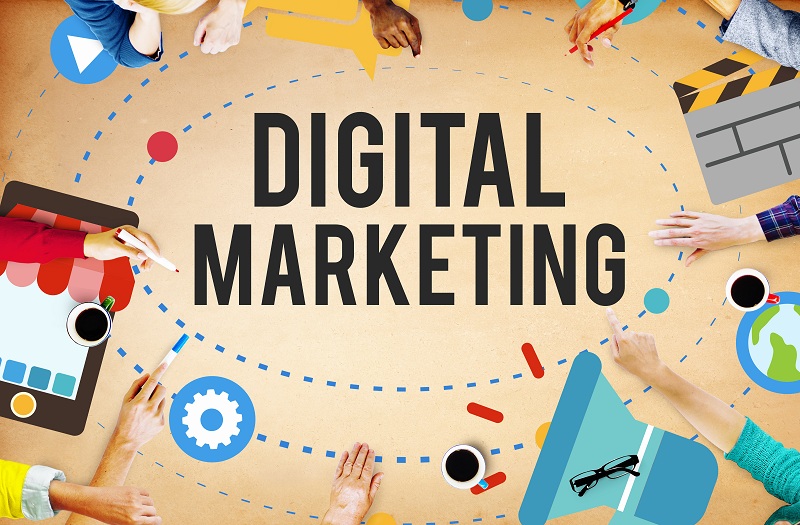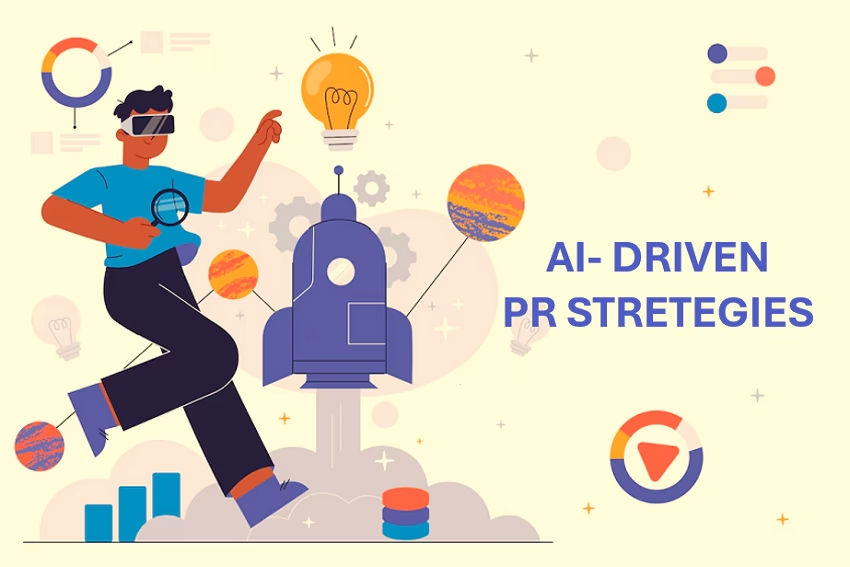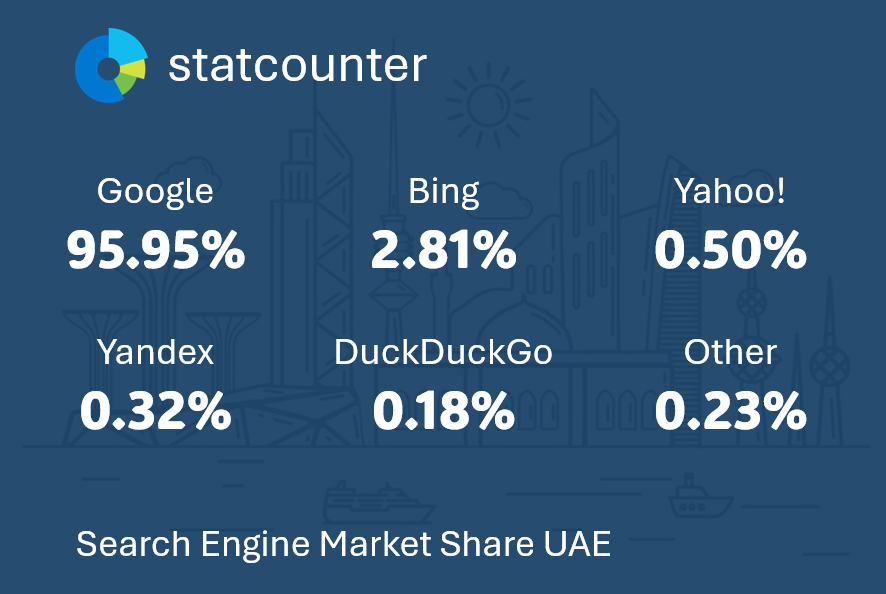Have you considered what creates such a large disparity in traffic for various websites? It is fundamentally about how organizations market their products and how exactly they apply content marketing and SEO optimization.

These two techniques, while serving different purposes, aim to increase visibility on the internet, and a lot of people either misuse one or the other or do not use both in unison. Understanding the pros of each tactic and how they integrate into a web presence strategy is fundamental.
In the modern era, knowing various content marketing strategies alongside SEO techniques is vital. It is important to stay ahead of the competition, get higher search rankings and provide value with new algorithms in place.
What is Content Marketing?
Marketing through content involves blogs, videos, infographics, eBooks and various other resources relevant to the business, for the purpose of engaging and nurturing the audience contact. Unlike other traditional methods, this approach trusts with users by showing authority through education throughout the user journey.
As for modern times, there’s the personalization of content along with AI tools focused on a particular market segment, storytelling, interactivity, quizzes and polls, and even AI generated content is leading the trends. Companies analyze data to find out what the market is interested in and adapt the content made available to the users.
As a remark, this innovative concept does not focus on user retention in offering products or services but strives to assist instead.
What is SEO?
SEO includes every method which improves website position on Google search results and other search engines’ listings. SEO covers everything from content and structure to site speed and mobile-friendliness. Backlinks, social signals, keywords, and internal linking also form part of SEO on and off the website.
Modern SEO considers technical aspects like site speed and mobile compatibility. Following changes to Google’s algorithms, preference is now given to sites offering an exceptional user experience. Additionally, the optimization of E-A-T, voice search, featured snippets, and trust are now crucial. These factors change the focus of how strategies are formulated.
Key Differences Between Content Marketing and SEO
Both approaches aim to include user-searchable content in their strategies. The difference lies in their emphasis and implementation.
| Aspect | Content Marketing | SEO (Search Engine Optimization) |
|---|---|---|
| Definition | The process of creating relevant reliable content that helps to attract and retain a target audience. | The process of optimizing website elements achieves higher search results ranking to obtain organic traffic. |
| Primary Goal | Through strategic content distribution readers will build authority to the brand while creating audience interest that leads to conversion goals. | Applications of SEO strategies lead to enhanced website exposure together with natural website visits and improved SERP position. |
| Focus | The audience serves as the main focus by creating content to solve problems and entertain or educate and provide information through valuable content. | SEO focuses on an algorithm-centric approach that includes technical website optimization and content aspects for search engine ranking factors. |
| Key Activities | Blog posts, videos, infographics, eBooks, case studies, whitepapers, social media content. | Keyword research, on-page optimization, link building, technical audits, meta tags, page speed optimization. |
| Timeline for Results | Medium to long-term (content builds authority and engagement over time). | Medium to long-term (improvements reflect as search engines crawl and rank pages). |
| Success Metrics | Engagement (shares, comments, time-on-page), leads, conversions, brand awareness. | Organic traffic, keyword rankings, backlinks, click-through rate (CTR), domain authority. |
| Relationship | User engagement emerges from content creation which acts as the essential factor for SEO success. | SEO ensures content is discoverable and ranks well in search engine results. |
| Tools Used | HubSpot, Canva, Grammarly, BuzzSumo, WordPress. | Google Search Console, Ahrefs, SEMrush, Moz, Screaming Frog. |
| Strength | Builds lasting relationships and brand loyalty through valuable content. | Drives targeted organic traffic and improves site visibility. |
| Best When | Your goal involves teaching while informing or entertaining your readers to build confidence with them. | You wish for your website to rank highly on search results pages for appropriate search terms. |
While SEO handles the content’s visibility, content marketing takes care of the engagement aspect. They balance each other’s work. Neither engaging content will perform well nor valuable content will retain users if not optimized. The relationship should work together. The same SEO keyword research serves as the foundation for targeted content. Conversely, enhanced content earns backlinks and improves rankings, thereby strengthening SEO.
How Content Marketing and SEO Work Together
Advanced marketers employ a mix of both strategies. For example, they use topic clusters and pillar pages to build their content hierarchy around critical topics. This enhances internal linking and facilitates better algorithm identification. AI tools like GPT-based content generators help draft, while adaptive learning systems evaluate user interactions to optimize content strategies.
Semantic SEO is becoming more prevalent as it emphasizes intent rather than exact keywords. This shift benefits Google’s transition to focusing on natural language understanding. It allows businesses to craft content that better addresses users’ queries, enhancing their positioning while improving user experience, thus ranking higher and increasing overall satisfaction.
Combining Content Marketing and SEO Strategies
Combination of content marketing and SEO strategies are critical factors when creating a valuable business’ network and targeting the specific audience for its sustainable growth.
Content Marketing as a Broad Strategy
We often consider content marketing a broad strategy incorporating SEO as one of its tools. Traditionally, a campaign begins with audience research, content creation, and SEO optimization.
For instance, a fitness equipment company would sell fitness products by publishing additional content like blog posts about workouts, diet tips, equipment reviews and optimization for keywords.
Engaging blog posts boost organic traffic and help guide readers in making has. Including product videos, especially on WooCommerce, serves the dual purpose of increasing engagement and conversions.
Omnichannel Distribution and SEO Integration
The current era of content marketing follows the principle of omnichannel distribution to achieve its goals. Contemporary content sharing requires organizations to distribute materials across websites in addition to social media networks as well as email newsletters and podcast channels.
Different formats serve to repurpose content and extend reach. While this helps optimize content per platform, SEO guarantees structure by ensuring optimized content.
With tools like schema markup, content can be better understood by search engines and yield rich snippets as results in search engines, improving click-through rate. There is also video SEO, a growing field that optimizes videos through titles, descriptions, and transcripts to enhance visibility.
Understanding User Intent
User intent provides an overlap of disciplines between SEO and content marketing. User needs determine how content should be structured and what keywords to use for optimization. Search intent can be categorized into three primary groups: informational, navigational, and transactional. By satisfying these intents, the SEO of the content is improved while still serving its intended function.
For instance, someone typing the query “best DSLR cameras 2025” into the search engine’s query box is likely looking for a list or a comparison guide. Creating content tailored towards meeting this demand strategically from an SEO perspective also ensures that user and content creator needs are fulfilled.
Optimizing for Mobile and Voice Search
Due to increased mobile usage and voice search, content must be optimized for both. With mobile-first indexing, Google predominantly considers the mobile version of a site for ranking purposes.
Voice search favors queries phrased more relaxed, meaning that ranking is helped by using everyday language and providing answers to commonly posed questions. How-to guides and FAQs comply with this standard. Featured snippets tend to grab their answer from these formats.
Analytics and Performance Tracking
Both content marketing and SEO highly rely on analytics—Google Analytics, the Search Console, and outside services grant performance monitoring for marketers. A sprint in a content marketing strategy or SEO strategy measures performance or the achievement of goals set.
Marketers undertake tasks including bounce rate, dwell time, keyword ranking, and content consumption. A/B testing and different approaches to Content SEO are undertaken to help narrow down to use more of what works. This gives pointers on improving designs for layouts and even content for better results.
Timeline and Speed of Results
SEO is both a strategy and an organic marketing tool applicable to smartphone applications based on students and other websites interested in selling mobile apps.
The Increase in users and growing recognition of an application or any project usually is the effect awaited after investing effort and maintaining patience. Expecting the sails and speed to rise and hastening the arrival of a favorable wind, don’t expect content marketing to foster SEO on target.
Building Authority and Trust
Authority building is another shared goal. SEO achieves this through backlinks and content marketing through thought leadership. Original research, expert interviews, and extensive guides establish authority.
Such content is suited to earning links, hence improving SEO. Responding to your audience’s social media comments, forums, and other engaging platforms fosters trust. This type of interaction is why Google’s E-E-A-T framework appreciates it.
Advanced Keyword Research Techniques
Keyword research is an integral part of SEO and content marketing strategies. Nowadays, sophisticated tools, including Ahrefs, SEMrush, and Google’s Keyword Planner, are not restricted to locating high-traffic phrases. These also determine how difficult a keyword is, its trends over time, and its popularity as an associated question.
Marketers now target long-tail, more specific, and lengthier words. Such phrases tend to be less competitive and have a better chance of conversion. An emerging trend is AI tools that automatically generate keywords based on user intent and data. Such a guarantee ensures the content is not solely designed with the search engine in mind.
The intent-driven keyword mapping method, where keywords are mapped and assigned to individual pages based on their intended focus – informational, navigational, or transactional – improves SEO ranking and user experience.
Topical Authority and Clustering Strategy
From a topical authority stratagem, a business becomes a reliable source for a subject around which it builds content. Topical authority is exemplified by content clustering, which is creating a main pillar page that links to subtopics of interest with various introductory and explanatory content underneath it.
Suppose there is a website that is into digital marketing. That site can have a pillar page on “SEO” and can cluster “on-page SEO,” “link building,” and “technical SEO” as related subtopic clusters. This organization allows algorithms to evaluate the relevance of content depth, improving indexing. It also enhances user-journey ease within the website.
It is better to link via keywords and semantic relations that create context and relevance for search engines. Surfer SEO, for example, helps maintain the required keyword density and the arrangement of the body of the content. Establishing topical authority allows a business to fortify its credibility while enhancing visibility.
AI-Driven Content Optimization
AI is altering the strategies for developing and improving content. Applications like Jasper, Frase, and Clearscope offer suggestions on the number of words, readability, keywords, and topics based on the content already doing well. These applications ensure that your content fulfils search intent and SEO requirements.
AI now assists in drafting, which saves time and improves uniformity. One of the advantages is personalization; AI can modify content based on users’ demographics and preferences. Such changes improve interaction and retention.
Furthermore, some analytic applications can anticipate many upcoming events, and those subjects can be used for content marketing. The assistance of AI tremendously impacts not just the amount of content produced but the quality and performance of that content.
Visual Content and Engagement
Nowadays, the audience loves interacting with visual information such as images, videos, or infographics. Including such elements helps decrease the bounce rate and increases the time spent on the webpage. Infographics depict complex ideas, while videos can walk through a product or service better than text can.
In blog posts or landing pages, videos can help with engagement and boost SEO. Google tends to be biased towards rich media pages, especially where video content is present and optimized with transcripts, metadata, and structured data.
Creating explainer videos or product demos is a highly effective example. For instance, an added video description for a WooCommerce product can enhance conversion and trust on eCommerce sites. Evidently, visual content, no matter its form, is becoming a necessity instead of a luxury.
Evolving Link-Building Techniques
The significance of backlinks to SEO hasn’t changed over the years; however, the approach to how they are earned has changed. Marketers now shift their efforts toward crafting content worth being linked to and beyond merely guest posting.
This includes unique insights, original research, and data-backed articles. Through content marketing, backlinks are earned authentically when the produced content has genuine merit. Experts are connected with journalists through tools like HARO, which gives backlinking chances. Other clever strategies include building links to address errors and brand mentions that are not linked.
Another example is digital PR, which tells stories that make news and need to be covered. These strategies do more than just hyperlinks—they enhance the business’s visibility. Just a few backlinks from respected industry leaders are enough to improve your SEO tremendously, so high-quality links are preferred over quantity.
User Experience (UX) and Core Web Vitals
The increased focus of Google on Core Web Vitals makes customer retention and acquisition an essential factor for search engine optimization purposes. Having fast-loading, mobile-friendly, and easily navigable sites enhances customer retention.
This, in turn, reduces bounce rates and increases average session duration on the site, indirectly improving rankings. Content marketing makes a difference by providing content logically, with clear headings and valuable material. The user experience is enhanced by including internal links, call-to-action buttons, and additional interactive features.
UX also encompasses all users, assigning all people equal access to information, which significantly helps with site usability. Providing valuable content and proficient design and performance will give users optimum satisfaction while improving the website’s SEO performance.
Conclusion
While content marketing and SEO might seem distinctly different, they are greatly interwoven. Content Marketing seeks to provide value through engaging and relevant content, while SEO ensures search engines and users can discover such content users.
The newest strategies use AI tools, semantic search, voice optimization, mobile-first approaches, and video-first clips. To conclude, if one wishes to thrive online today, one cannot stick to a single method. Instead, combine the creativity and connectivity of content marketing with the order and precision of SEO.
Together, they create a robust digital presence that can withstand the competition. Businesses that embrace both approaches achieve greater success as they develop and reach their goals. Your company should take advantage of content marketing and SEO for higher search rankings.






